In the world of electrical engineering, the strength and reliability of copper wire play a pivotal role. Among the myriad of specifications, the Young Modulus of copper wire is a critical factor that determines its performance. In this comprehensive guide, we delve into the intricate details of 36 SWG copper wire and its Young Modulus, shedding light on its significance, properties, applications, and much more. ### Understanding 36 SWG Copper Wire When it comes to copper wire, SWG (Standard Wire Gauge) is a widely used measurement system that denotes the thickness or diameter of the wire. In the case of 36 SWG copper wire, it indicates a specific size and thickness of the wire. 36 SWG corresponds to a wire diameter of approximately 0.0065 inches or 0.164 mm. ### Young Modulus: The Key to Mechanical Properties Young Modulus, also known as the modulus of elasticity, is a fundamental mechanical property that describes the stiffness or elasticity of a material. It quantifies how much a material will deform under a given amount of stress. For copper wire, the Young Modulus plays a crucial role in determining its structural integrity and ability to withstand mechanical loads. ### Significance of Young Modulus in Copper Wire Copper wire is renowned for its excellent conductivity and malleability, making it a preferred choice for various electrical applications. However, the Young Modulus of copper wire is equally important, as it influences its tensile strength, flexibility, and resistance to deformation. A higher Young Modulus indicates a stiffer material, while a lower Young Modulus implies greater flexibility. ### Properties of 36 SWG Copper Wire 36 SWG copper wire exhibits unique properties that make it suitable for specific applications. Due to its relatively small diameter, it is often used in intricate electrical circuits, fine electronics, and delicate wiring tasks. The fine gauge of 36 SWG wire allows for precise connections and space-saving designs in various devices. ### Applications of 36 SWG Copper Wire The versatility of 36 SWG copper wire makes it a valuable component in numerous applications across industries. From electronics and telecommunications to automotive and aerospace sectors, this thin copper wire finds its utility in signal transmission, power distribution, circuitry, and more. Its flexibility and conductivity make it ideal for intricate wiring requirements in modern devices. ### Young Modulus and Mechanical Performance When subjected to mechanical forces such as tension or compression, the Young Modulus of copper wire influences its response to stress. A higher Young Modulus indicates that the wire will exhibit greater stiffness and resistance to deformation. This property is crucial in ensuring the structural integrity and reliability of copper wire in demanding conditions. ### Testing Young Modulus of Copper Wire To determine the Young Modulus of copper wire, various mechanical testing methods can be employed. Tensile testing, bending tests, and torsion experiments are commonly used to evaluate the elastic properties of materials. By analyzing the stress-strain behavior of copper wire under controlled conditions, engineers can ascertain its Young Modulus and predict its performance in real-world applications.
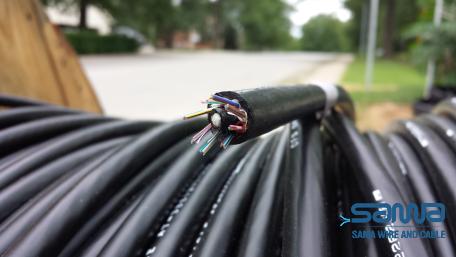
.
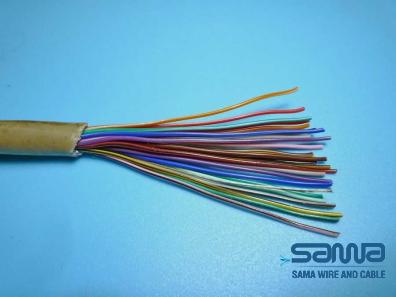 ### Importance of Quality Control in Copper Wire Manufacturing Maintaining consistent quality in the production of copper wire is essential to ensure that it meets the required mechanical properties, including Young Modulus. Quality control measures such as dimensional checks, material analysis, and mechanical testing are implemented to verify the integrity and performance of copper wire. Adhering to strict quality standards guarantees that the Young Modulus of copper wire remains within acceptable limits for optimal performance. ### Future Trends in Copper Wire Technology As technology advances and demands for high-performance materials grow, the evolution of copper wire continues to unfold. Innovations in wire manufacturing techniques, alloy compositions, and nanomaterial integration are shaping the future of copper wire technology. Enhanced mechanical properties, including Young Modulus, are being pursued to meet the evolving needs of modern applications across industries. ### Conclusion In conclusion, the Young Modulus of 36 SWG copper wire is a critical factor that influences its mechanical behavior and performance in various applications. Understanding the significance of Young Modulus in copper wire enables engineers and manufacturers to design, test, and deploy this versatile material effectively. By delving into the properties, applications, and testing methods of 36 SWG copper wire, we gain valuable insights into its role in the ever-evolving landscape of electrical engineering and technology. Remember, when working with 36 SWG copper wire or any other material, always prioritize safety, adherence to standards, and continuous learning to enhance your skills and knowledge in the field of materials science and engineering. ### References: 1. “Properties and Applications of Copper Alloys,” Copper Development Association Inc. 2. “Mechanical Testing of Engineering Materials,” Wiley Online Library. 3. “Standard Wire Gauge (SWG) to Inches and Millimeters Conversion Chart,” Engineers Edge. By exploring the Young Modulus of 36 SWG copper wire, we uncover the intricate interplay between material properties, mechanical characteristics, and real-world applications. Embrace the curiosity to delve deeper into the essence of materials science and unravel the mysteries of copper wire technology.
### Importance of Quality Control in Copper Wire Manufacturing Maintaining consistent quality in the production of copper wire is essential to ensure that it meets the required mechanical properties, including Young Modulus. Quality control measures such as dimensional checks, material analysis, and mechanical testing are implemented to verify the integrity and performance of copper wire. Adhering to strict quality standards guarantees that the Young Modulus of copper wire remains within acceptable limits for optimal performance. ### Future Trends in Copper Wire Technology As technology advances and demands for high-performance materials grow, the evolution of copper wire continues to unfold. Innovations in wire manufacturing techniques, alloy compositions, and nanomaterial integration are shaping the future of copper wire technology. Enhanced mechanical properties, including Young Modulus, are being pursued to meet the evolving needs of modern applications across industries. ### Conclusion In conclusion, the Young Modulus of 36 SWG copper wire is a critical factor that influences its mechanical behavior and performance in various applications. Understanding the significance of Young Modulus in copper wire enables engineers and manufacturers to design, test, and deploy this versatile material effectively. By delving into the properties, applications, and testing methods of 36 SWG copper wire, we gain valuable insights into its role in the ever-evolving landscape of electrical engineering and technology. Remember, when working with 36 SWG copper wire or any other material, always prioritize safety, adherence to standards, and continuous learning to enhance your skills and knowledge in the field of materials science and engineering. ### References: 1. “Properties and Applications of Copper Alloys,” Copper Development Association Inc. 2. “Mechanical Testing of Engineering Materials,” Wiley Online Library. 3. “Standard Wire Gauge (SWG) to Inches and Millimeters Conversion Chart,” Engineers Edge. By exploring the Young Modulus of 36 SWG copper wire, we uncover the intricate interplay between material properties, mechanical characteristics, and real-world applications. Embrace the curiosity to delve deeper into the essence of materials science and unravel the mysteries of copper wire technology.
..
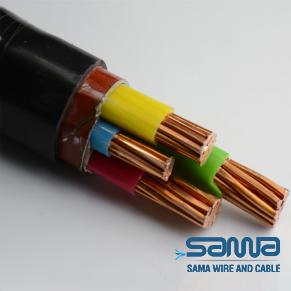 ### Case Studies and Practical Applications To further illustrate the importance of understanding the Young Modulus of 36 SWG copper wire, let’s explore a few case studies and practical applications where the mechanical properties of this material play a crucial role. #### Case Study 1: Aerospace Industry In the aerospace industry, where lightweight materials with high strength are paramount, copper wire finds its place in various applications, including wiring harnesses, electrical systems, and avionics. The mechanical properties of 36 SWG copper wire, such as its Young Modulus, are critical in ensuring that the wiring systems can withstand the rigors of flight and environmental conditions. Engineers meticulously calculate the stress-strain behavior of copper wire to design reliable and durable electrical components for aircraft and spacecraft. #### Case Study 2: Telecommunications Infrastructure The telecommunications sector heavily relies on copper wire for transmitting data, signals, and power across networks. In telecommunications infrastructure, 36 SWG copper wire is commonly used for connecting equipment, patch panels, and telecommunications cabinets. The Young Modulus of copper wire influences its flexibility and resilience to bending, which is crucial in ensuring stable connections and signal integrity. By considering the mechanical properties of copper wire, telecommunications companies can design robust and efficient network solutions. #### Case Study 3: Automotive Wiring Systems Within the automotive industry, copper wire plays a vital role in powering electrical systems, sensors, and electronic control units in vehicles. The mechanical properties of 36 SWG copper wire are carefully assessed to meet the stringent requirements for automotive wiring systems, including vibration resistance, temperature stability, and electrical conductivity. The Young Modulus of copper wire determines its ability to withstand mechanical stress during vehicle operation, ensuring reliable performance under challenging conditions.
### Case Studies and Practical Applications To further illustrate the importance of understanding the Young Modulus of 36 SWG copper wire, let’s explore a few case studies and practical applications where the mechanical properties of this material play a crucial role. #### Case Study 1: Aerospace Industry In the aerospace industry, where lightweight materials with high strength are paramount, copper wire finds its place in various applications, including wiring harnesses, electrical systems, and avionics. The mechanical properties of 36 SWG copper wire, such as its Young Modulus, are critical in ensuring that the wiring systems can withstand the rigors of flight and environmental conditions. Engineers meticulously calculate the stress-strain behavior of copper wire to design reliable and durable electrical components for aircraft and spacecraft. #### Case Study 2: Telecommunications Infrastructure The telecommunications sector heavily relies on copper wire for transmitting data, signals, and power across networks. In telecommunications infrastructure, 36 SWG copper wire is commonly used for connecting equipment, patch panels, and telecommunications cabinets. The Young Modulus of copper wire influences its flexibility and resilience to bending, which is crucial in ensuring stable connections and signal integrity. By considering the mechanical properties of copper wire, telecommunications companies can design robust and efficient network solutions. #### Case Study 3: Automotive Wiring Systems Within the automotive industry, copper wire plays a vital role in powering electrical systems, sensors, and electronic control units in vehicles. The mechanical properties of 36 SWG copper wire are carefully assessed to meet the stringent requirements for automotive wiring systems, including vibration resistance, temperature stability, and electrical conductivity. The Young Modulus of copper wire determines its ability to withstand mechanical stress during vehicle operation, ensuring reliable performance under challenging conditions.
…
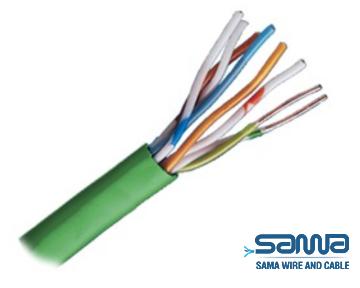 ### Conclusion: Embracing the Complexity of Copper Wire Technology In the realm of materials science and engineering, the intricacies of copper wire technology continue to fascinate and inspire innovation. By unraveling the mysteries of materials properties, such as the Young Modulus of 36 SWG copper wire, we gain deeper insights into the interplay between structure, performance, and applications. Every twist and turn in the journey of exploring copper wire leads to new discoveries, challenges, and opportunities for advancement in technology and industry. As we conclude this comprehensive guide on the Young Modulus of 36 SWG copper wire, let us reflect on the significance of materials science in shaping the world around us. From the smallest electronic devices to the grandest aerospace endeavors, copper wire stands as a symbol of connectivity, conductivity, and reliability. By understanding the mechanical properties of copper wire and embracing the complexities of its technology, we embark on a quest for excellence and innovation in the ever-changing landscape of engineering and design. Let the allure of copper wire and the marvels of materials science inspire your curiosity, ignite your passion for exploration, and propel you towards a future filled with endless possibilities and discoveries. As we pave the way for advancements in technology and engineering, remember that the strength of copper wire lies not only in its conductivity but also in the resilience and adaptability imbued by its Young Modulus. ### References: 1. “Materials Engineering: Understanding Copper Wire Properties,” ASM International. 2. “Applications of Copper Alloys in Industry,” International Copper Association. 3. “Mechanical Behavior of Materials: Young Modulus and Its Applications,” Materials Research Society. In the vast universe of materials and mechanical properties, copper wire remains a shining beacon of innovation, versatility, and reliability. May your journey into the realm of 36 SWG copper wire and its Young Modulus be filled with discovery, enlightenment, and inspiration. Stay curious, stay informed, and unravel the boundless possibilities that await in the world of engineering and technology.
### Conclusion: Embracing the Complexity of Copper Wire Technology In the realm of materials science and engineering, the intricacies of copper wire technology continue to fascinate and inspire innovation. By unraveling the mysteries of materials properties, such as the Young Modulus of 36 SWG copper wire, we gain deeper insights into the interplay between structure, performance, and applications. Every twist and turn in the journey of exploring copper wire leads to new discoveries, challenges, and opportunities for advancement in technology and industry. As we conclude this comprehensive guide on the Young Modulus of 36 SWG copper wire, let us reflect on the significance of materials science in shaping the world around us. From the smallest electronic devices to the grandest aerospace endeavors, copper wire stands as a symbol of connectivity, conductivity, and reliability. By understanding the mechanical properties of copper wire and embracing the complexities of its technology, we embark on a quest for excellence and innovation in the ever-changing landscape of engineering and design. Let the allure of copper wire and the marvels of materials science inspire your curiosity, ignite your passion for exploration, and propel you towards a future filled with endless possibilities and discoveries. As we pave the way for advancements in technology and engineering, remember that the strength of copper wire lies not only in its conductivity but also in the resilience and adaptability imbued by its Young Modulus. ### References: 1. “Materials Engineering: Understanding Copper Wire Properties,” ASM International. 2. “Applications of Copper Alloys in Industry,” International Copper Association. 3. “Mechanical Behavior of Materials: Young Modulus and Its Applications,” Materials Research Society. In the vast universe of materials and mechanical properties, copper wire remains a shining beacon of innovation, versatility, and reliability. May your journey into the realm of 36 SWG copper wire and its Young Modulus be filled with discovery, enlightenment, and inspiration. Stay curious, stay informed, and unravel the boundless possibilities that await in the world of engineering and technology.
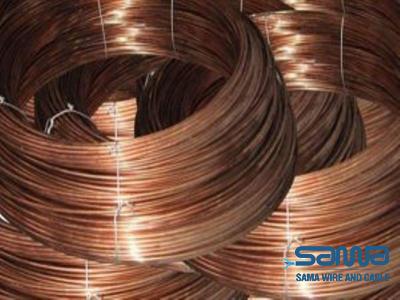

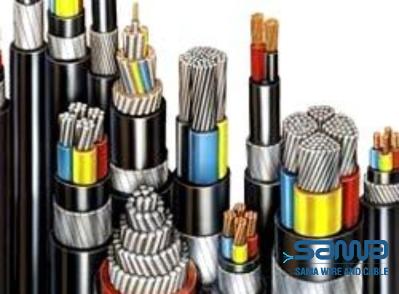

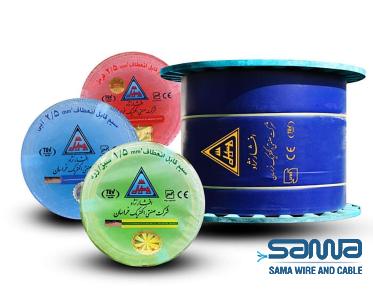
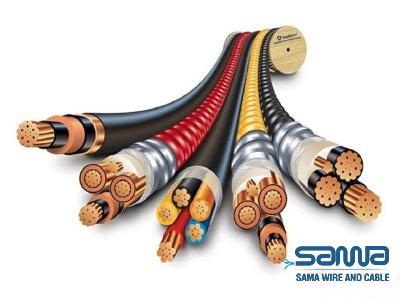
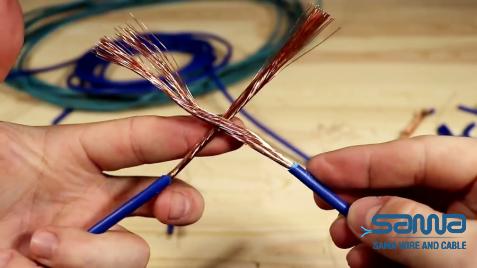
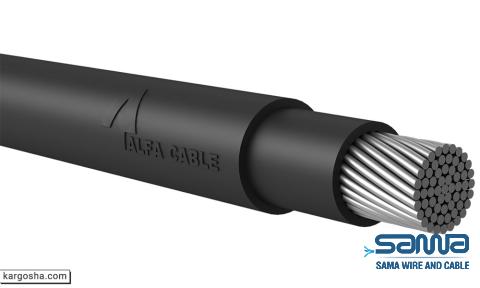
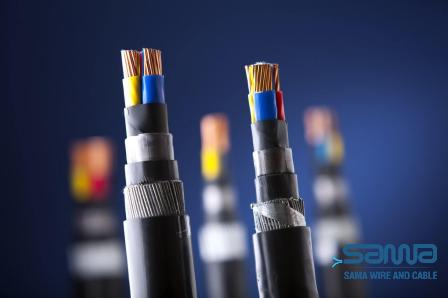
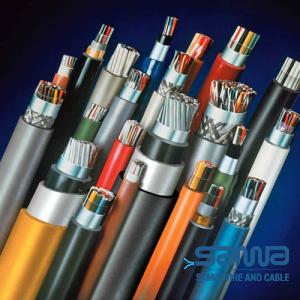
Your comment submitted.